Cowhide leather vs. sheep leather. Both are the most used in the leather world. However, what are they? This article tries to make the readers more familiar with them. When buying a leather suit, it is important to know what skin it is. The material will have a direct impact on how we wear your product. Some are designed to be warm, others to complete a summer look. Similarly, you will have to go for different leathers if you are looking for a rather light or heavy and rigid model. 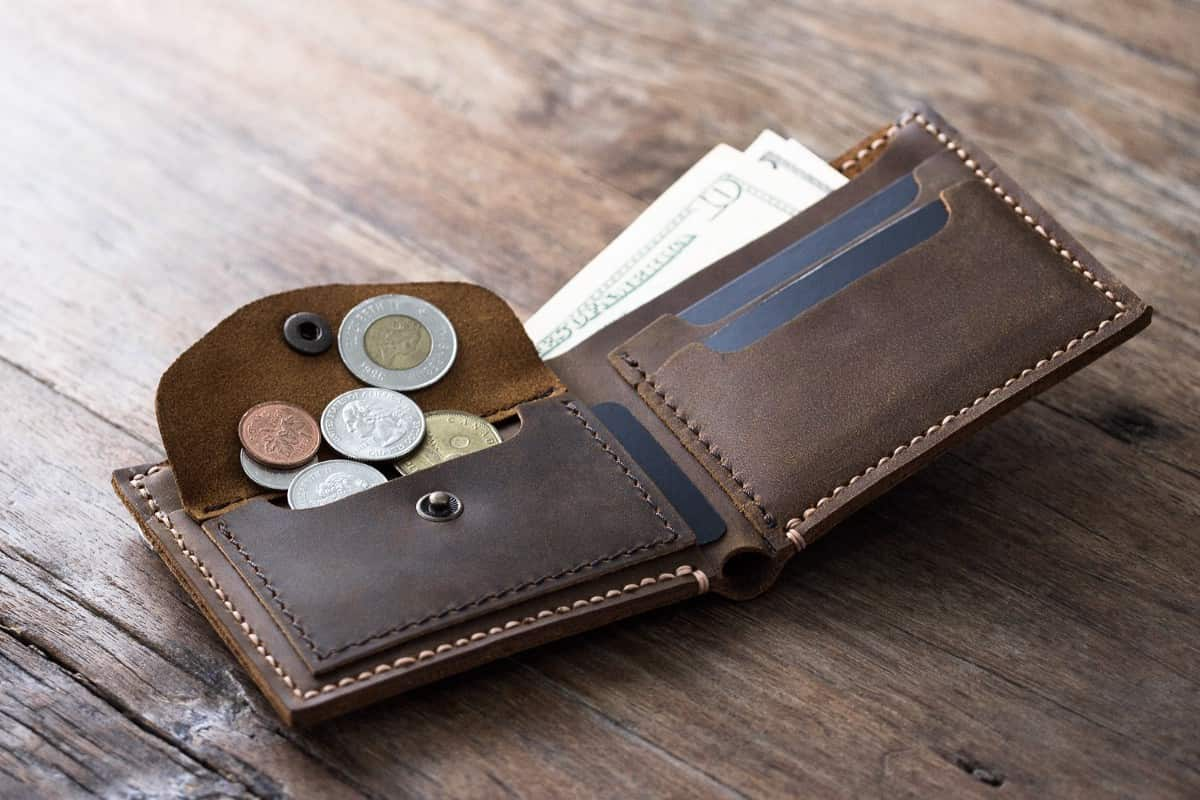
Lamb leather
Lambskin is supple, thin, and light skin. It has the particularity of being soft to the touch. They exist at all prices, and it is not uncommon to find a quality jacket at a low price. Furthermore, It is one of the most applied in manufacturing leather jackets. You will find many models at Serge Pariente, Schott, and Gipsy, to name a few names. The lamb can be washed, dipped, turned, or vegetable. It all depends on the finish of the leather. The differences are mainly in the manufacturing of tanning processes 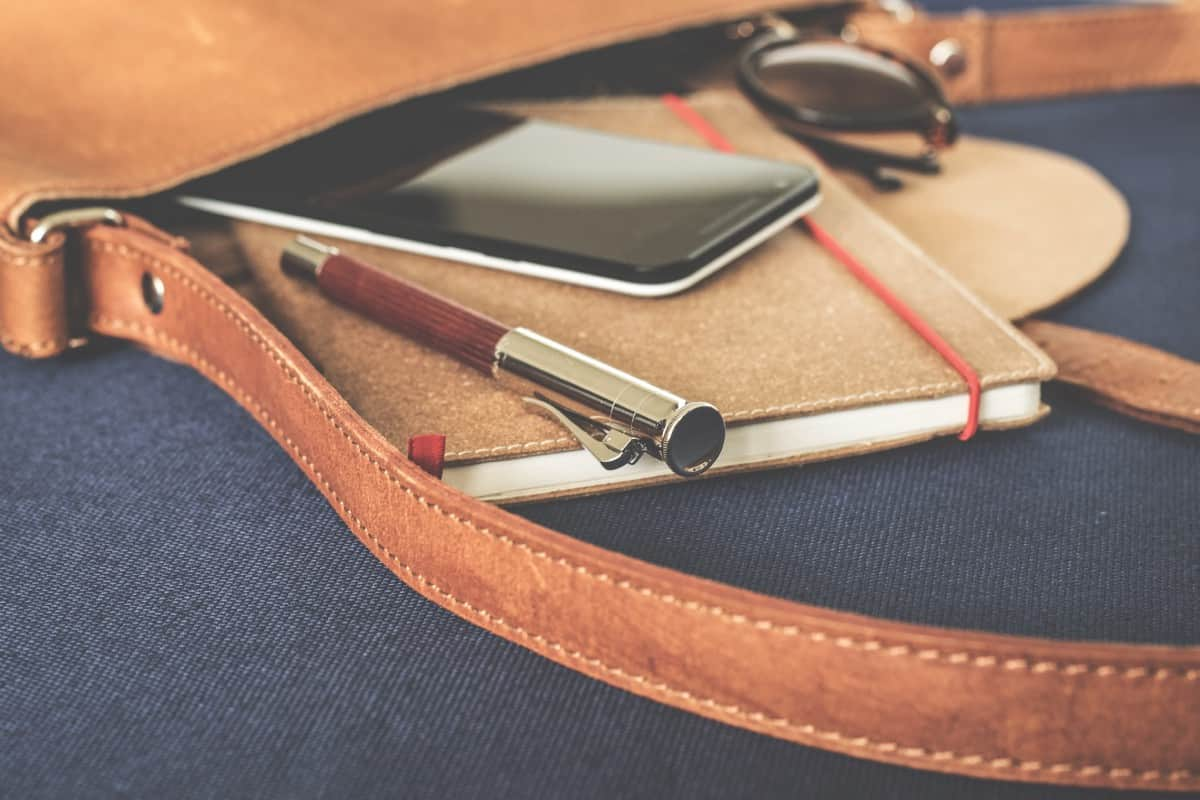
Cowhide
Cowhide leather is one of the strongest hides. We can find it in different forms: either thick and heavy or thin and flexible. However, that does not remove its robustness, making it one of the skins most used for protective clothing. This skin is also used a lot and worn in Winter because, in addition to these characteristics, it also keeps you warm. For example, over the autumn period, ¾ of Schott brand jackets are made of this material Anyway, both of them are famous and applicable; it depends on our choice of kind of product we want to use. 
Cowhide leather Vs.Pu leather
Comparing cowhide vs. PU leather is a fascinating one. Since they have similarities and differences, in the last part, we talked about cowhide leather; therefore, let us talk about PU leather. PU is Polyurethane, it looks like leather, but it's not leather. Polyurethane is a very resistant material, perhaps a little less flexible than leather but straightforward to maintain. What are the differences in quality and resistance of this material that we are often offered as a replacement for a genuine leather sofa? Many stores provide what some commonly call by-cast, a by-product of leather. In fact, it is the split leather, the part located under the flower, which has been reshaped. It is offered a glossier finish with layers of polyurethane on the surface. It will be stiffer and less expensive than leather. 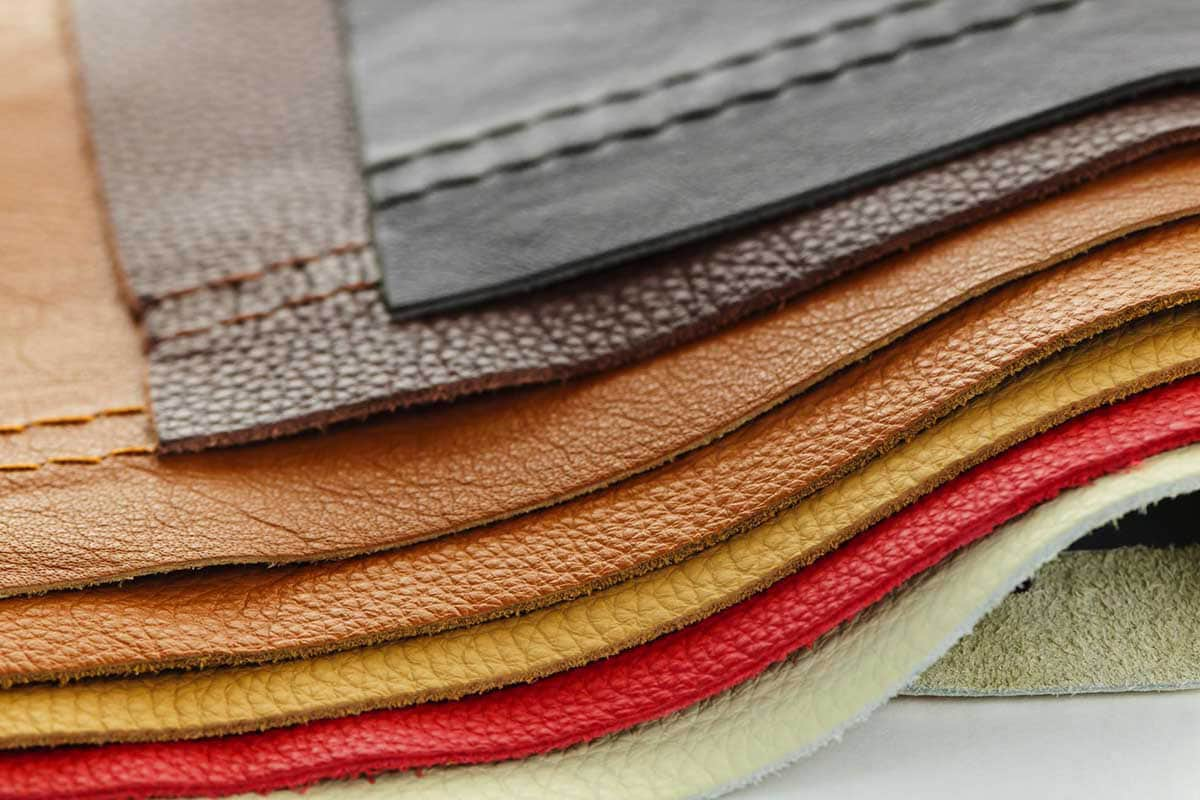 Vinyl also perfectly imitates leather, and its price sometimes even comes dangerously close to leather sofas. But this material does not breathe like leather. Some even feel warm when seated on the vinyl-covered sofa because the resemblance is unmistakable at first glance. Now, let's talk a little about cowhide leather. Some manufacturers go so far as to baptize it with the name ultra-leather. The manufacture of a three-seater sofa requires between four to five skins. European skins are the most popular because they have fewer defects, and the animals are raised in ideal conditions. The grade of the leather in the store has no relation to its quality, and each leather sofa manufacturer establishes its own quality scale. Full-grain leather, very supple, is the top, the cream of leather. The grain of the leather is, in fact, the upper part of the tanned skin of the animal, the calfskin, the skin of young cattle, most often cow.
Vinyl also perfectly imitates leather, and its price sometimes even comes dangerously close to leather sofas. But this material does not breathe like leather. Some even feel warm when seated on the vinyl-covered sofa because the resemblance is unmistakable at first glance. Now, let's talk a little about cowhide leather. Some manufacturers go so far as to baptize it with the name ultra-leather. The manufacture of a three-seater sofa requires between four to five skins. European skins are the most popular because they have fewer defects, and the animals are raised in ideal conditions. The grade of the leather in the store has no relation to its quality, and each leather sofa manufacturer establishes its own quality scale. Full-grain leather, very supple, is the top, the cream of leather. The grain of the leather is, in fact, the upper part of the tanned skin of the animal, the calfskin, the skin of young cattle, most often cow. 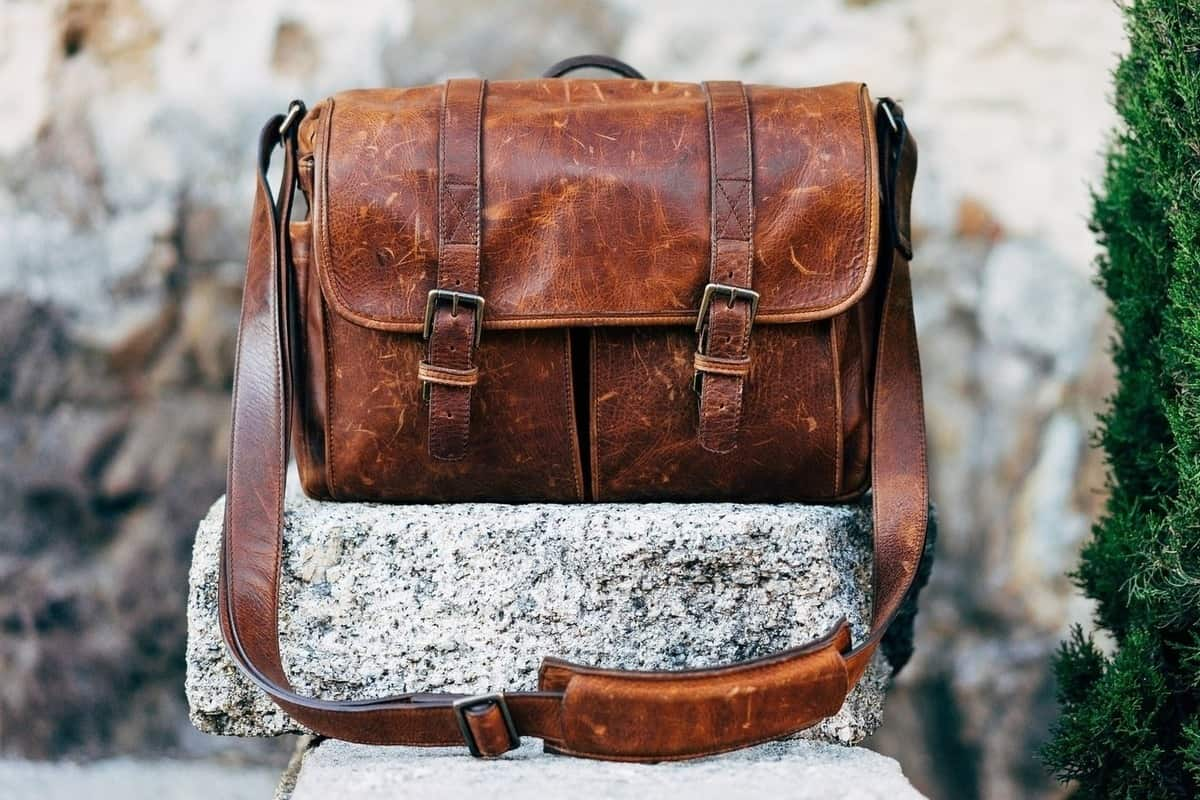
Cowhide leather Vs. Top Grain leather
Regarding cowhide leather vs. top grain leather, we must say that one of the main raw materials of the top grain leather is derived from cowhide leather Here is the story that is told about the origin of grained leather. As with many other discoveries, it would be a happy coincidence. It is famous that about 200 years ago, in a Scottish tannery that made belted leather, one of the employees found a hide lying on a cement and pebble floor. When he pulled it out, he saw that the relief of the ground had imprinted itself on the skin. Wishing to restore it to its original appearance, he rolled and stretched the skin. Contrary to what he thought, it improved the appearance of the printed pattern. One day, a local shoemaker saw this skin and its strange texture. 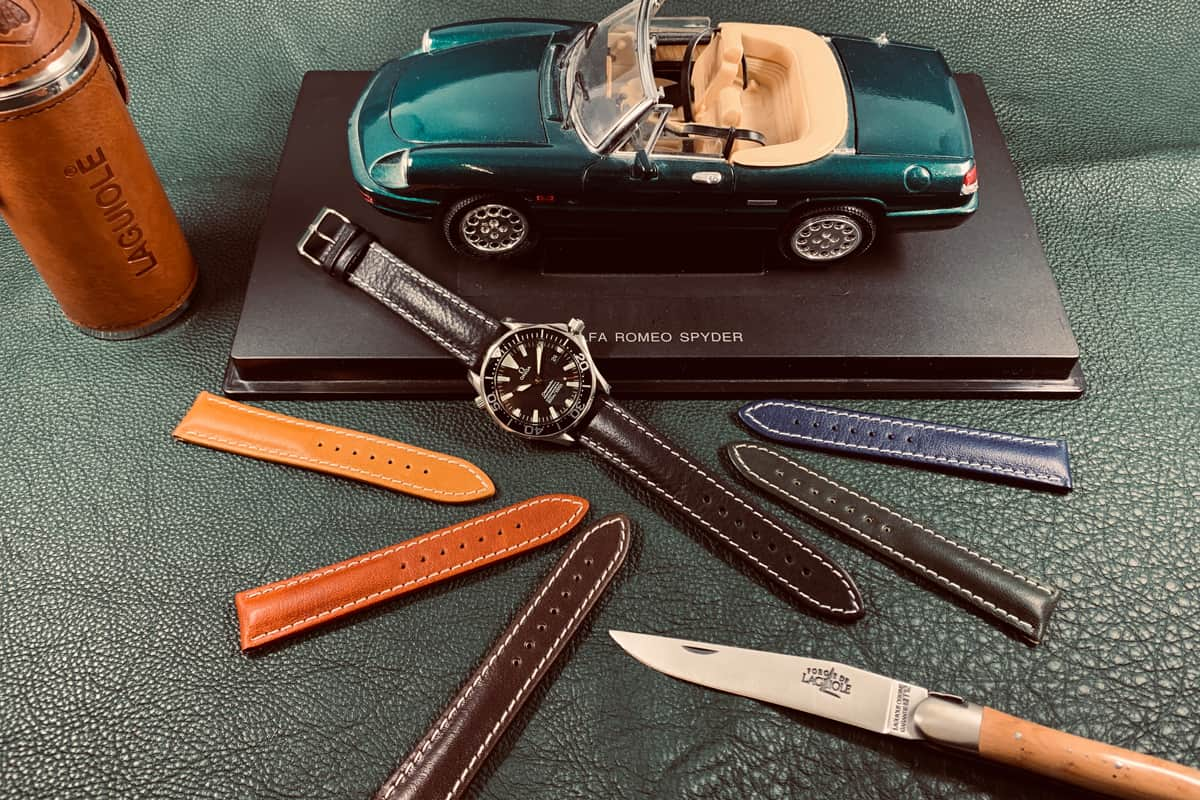 He at once fell in love with it and made a custom-made pair with it for one of his wealthy clients. Some say this is how grained leather was born. The advantage, if you do not believe this story, is that there is a second one on the origin of grained leather: It is said that the discovery was made by drinking producers (still in Scotland) who put cattle skins in the barrels normally reserved for the aging of the precious liquid The remains of barley and drinking (and a lot of time: up to 12 years) then cause a reaction that causes the famous grains to appear on the skin I have no way of verifying the authenticity of these stories, but they bring a poetic side to the origin of grained leather and will serve as anecdotes if you do not know what to tell at your next family dinner!
He at once fell in love with it and made a custom-made pair with it for one of his wealthy clients. Some say this is how grained leather was born. The advantage, if you do not believe this story, is that there is a second one on the origin of grained leather: It is said that the discovery was made by drinking producers (still in Scotland) who put cattle skins in the barrels normally reserved for the aging of the precious liquid The remains of barley and drinking (and a lot of time: up to 12 years) then cause a reaction that causes the famous grains to appear on the skin I have no way of verifying the authenticity of these stories, but they bring a poetic side to the origin of grained leather and will serve as anecdotes if you do not know what to tell at your next family dinner! 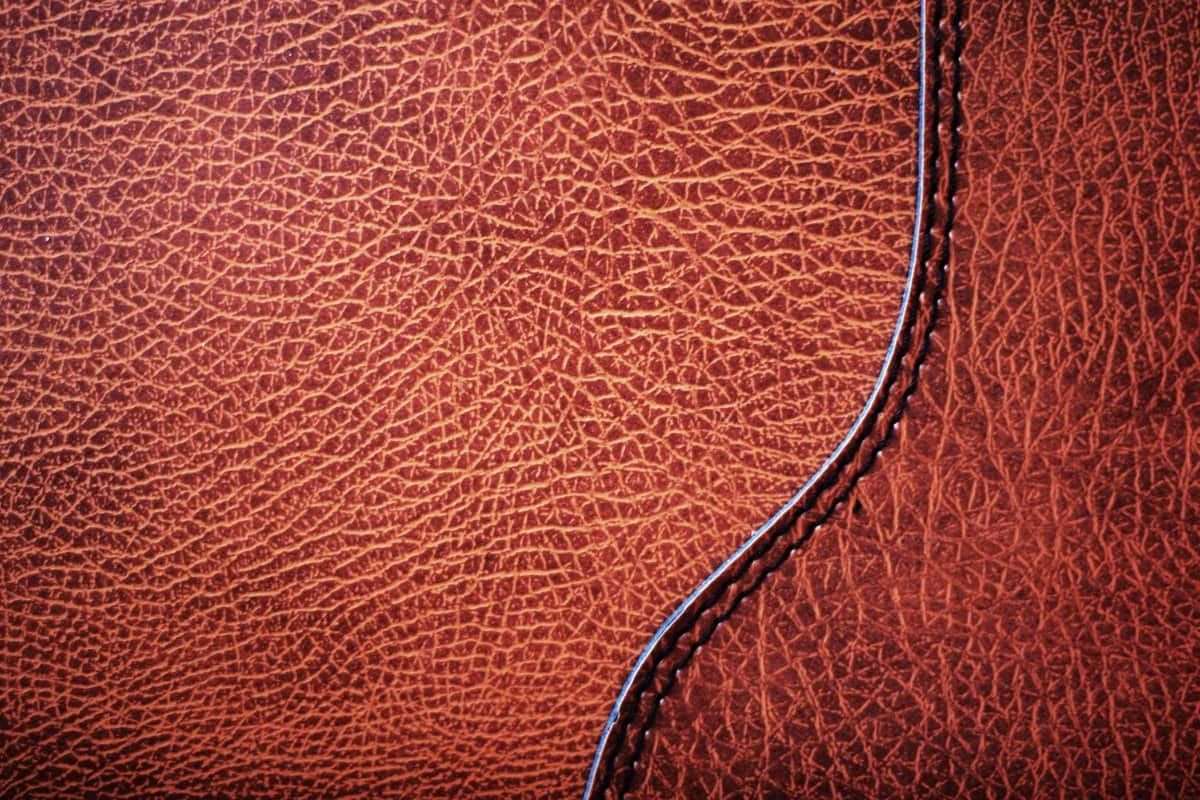
Faux leather Vs. Cowhide leather
the above comparison between faux leather vs. cowhide leather is something controversial. First, we have to watch out for the price of leather! It is the first thing that should alert you! Mastering leather requires actual know-how; it is a living material with a great life expectancy. Each piece is unique because of its skin! The first price for a genuine leather jacket will be around 200 euros. Below, it's a safe bet that it is faux leather. It smells of leather, yes, but be careful. It is the first reflex: feel the material. And we're not wrong. Leather must smell.  Leather! Yes, but be careful; an overly strong or unpleasant smell means that the material has undergone poor quality treatment in most cases. Whether it's leather or not, it's never a good sign. Prefer to turn to a product with a pleasant smell, the characteristic smell of good leather as if you came out of your neighborhood shoemaker. We will then be almost sure not to make any mistakes. The visual aspect of the matter Leather is an organic material, i.e., it lives. It is therefore irregular and has imperfections like scars and tiny pores. It is what makes it so charming. If you have a good eye, you should be able to tell faux leather from leather, but don't let that crazy you, as some manufacturers accurately imitate these imperfections on faux leather. Moreover, each skin is different, and no single and unique aspect can allow you to identify yourself precisely. For example, goat leather will be more grainy, while lamb leather will tend to be smoother If, despite these tips, you still have doubts, here are two tests that will allow you to confirm your intuition or not!
Leather! Yes, but be careful; an overly strong or unpleasant smell means that the material has undergone poor quality treatment in most cases. Whether it's leather or not, it's never a good sign. Prefer to turn to a product with a pleasant smell, the characteristic smell of good leather as if you came out of your neighborhood shoemaker. We will then be almost sure not to make any mistakes. The visual aspect of the matter Leather is an organic material, i.e., it lives. It is therefore irregular and has imperfections like scars and tiny pores. It is what makes it so charming. If you have a good eye, you should be able to tell faux leather from leather, but don't let that crazy you, as some manufacturers accurately imitate these imperfections on faux leather. Moreover, each skin is different, and no single and unique aspect can allow you to identify yourself precisely. For example, goat leather will be more grainy, while lamb leather will tend to be smoother If, despite these tips, you still have doubts, here are two tests that will allow you to confirm your intuition or not! 
Nappa leather Vs. Cowhide leather
Nappa leather vs. cowhide leather. We know that Cowhide leather is the raw material of many leather products. However, what about Nappa? Nappa/veiled leather. Protective surface treatment is applied to lamb, goat, or calf skins. Nappa leather is supple and resistant to sun and weather. It is drier than leather but more affordable. It is a very fine, smooth, and worked leather. It is the result of transformations in a tannery. Surface treatment is added to its definitive treatment to protect the skin as much as possible. It is distinguished by its supple, grain-free appearance, resistance to the sun, and bad weather. Nappa leather is exceptionally pure and delicate, making it vulnerable to the wear and tear of time. Although it receives treatment to be resistant, it must be maintained twice a year if one wishes to keep it intact. Leather jewelry goes perfectly with gold or silver and immediately brings a touch of character to the creation After the technical part, let's talk a bit about history now.  Leather work is an ancestral activity. It originated in prehistory when a man wanted to protect himself from bad weather and began to design clothes or huts. The Indians also use it to cover their tepees. However, we do not know the precise date of the beginning of tanning. In the Middle Ages, the leather workshops were all near a river. The same is true for the first artisanal tanneries before the development of the chemical industry in the 19th century. This industry then takes more and more scale, and new techniques appear. An activity in perpetual motion, advances range from the direction of protecting the environment and reducing its impact.
Leather work is an ancestral activity. It originated in prehistory when a man wanted to protect himself from bad weather and began to design clothes or huts. The Indians also use it to cover their tepees. However, we do not know the precise date of the beginning of tanning. In the Middle Ages, the leather workshops were all near a river. The same is true for the first artisanal tanneries before the development of the chemical industry in the 19th century. This industry then takes more and more scale, and new techniques appear. An activity in perpetual motion, advances range from the direction of protecting the environment and reducing its impact. 
Cowhide leather Vs. Faux Leather
Cowhide leather is very famous in the world; however, vs.Faux leather is efficient nowadays. Let's have a look. Faux Leather – the alternative to genuine Leather. Also famous as faux Leather or artificial Leather, Faux Leather is distinguished by its perfect resemblance to genuine Leather. Using synthetic Leather instead of real Leather has several reasons: it is inexpensive and very robust. Faux Leather is usually a composite of a textile fabric and a synthetic top layer, such as polyvinyl chloride (PVC). The natural, synthetic, or mixed materials, are often covered with soft PVC. Often the surface structure is imprinted with grain to look more like Leather. Unlike natural leather, you can buy Faux Leather by the meter, which makes cutting easier.  Also, the availability of Imitation Leather does not depend on the skins of certain beasts - Synthetic Leather is a water-repellent and durable material - It is easy to maintain and resistant to UV rays. However, it is only partially breathable - Fabric clips are suitable for securing when sewing - Faux Leather does not fray, so there is no need to overcast it - Tissue paper or a Teflon base will help you transport the fabric smoothly - Use special leather needles and a stitch length of 3 to 4 mm - Stains are easy to remove. Use a soft brush or damp clot Sewing Faux Leather is not as complicated as it seems. Although the fabric is slightly thicker than a jersey or cotton fabric, sewing (by hand or machine) synthetic leather is simple to do with the right supplies We advise you to use high-quality, robust polyester threads and special leather needles. The needle tension required depends on the thickness. The length is 3-4 mm, and the seam allowance is a 1.2-2 cm
Also, the availability of Imitation Leather does not depend on the skins of certain beasts - Synthetic Leather is a water-repellent and durable material - It is easy to maintain and resistant to UV rays. However, it is only partially breathable - Fabric clips are suitable for securing when sewing - Faux Leather does not fray, so there is no need to overcast it - Tissue paper or a Teflon base will help you transport the fabric smoothly - Use special leather needles and a stitch length of 3 to 4 mm - Stains are easy to remove. Use a soft brush or damp clot Sewing Faux Leather is not as complicated as it seems. Although the fabric is slightly thicker than a jersey or cotton fabric, sewing (by hand or machine) synthetic leather is simple to do with the right supplies We advise you to use high-quality, robust polyester threads and special leather needles. The needle tension required depends on the thickness. The length is 3-4 mm, and the seam allowance is a 1.2-2 cm 
Difference Between lambskin And Cowhide leather
Regarding the difference between lambskin and cowhide leather, we must know that both are practical in the leather industry. We have had many talks about cowhide leather so far, so let's talk about lambskin. Sheep are not raised solely for their fur. They live in herds, free to roam spacious pastures, and are carefully sheared once a year. The wool they produce is then used to knit warm sweaters, socks, or hats. And when the animals are finally slaughtered, the skin becomes a natural by-product. Lambskin and sheepskin have a fascinating property, which in its perfection has not yet been matched by any modern synthetic materials: the ability to adapt to the outside temperature at any time of the year.  In summer, it cools you down; in winter, it warms you up; it creates a cozy sleeping climate. The sheepskin we offer breathes and diverts heat and moisture to keep you dry and maintain body temperature inside and out. At low temperatures, down to -34.4°C, the soft wool fibers act as a natural insulator and create a soft, warm feeling of well-being. When the temperature rises, even at +26.6°C, the soft fibers act as a natural air conditioner, ensuring cooling and a feeling of comfort. Something essential is that the skin should be correct. If a product is found to be defective or imperfect in any way, it is immediately discarded.
In summer, it cools you down; in winter, it warms you up; it creates a cozy sleeping climate. The sheepskin we offer breathes and diverts heat and moisture to keep you dry and maintain body temperature inside and out. At low temperatures, down to -34.4°C, the soft wool fibers act as a natural insulator and create a soft, warm feeling of well-being. When the temperature rises, even at +26.6°C, the soft fibers act as a natural air conditioner, ensuring cooling and a feeling of comfort. Something essential is that the skin should be correct. If a product is found to be defective or imperfect in any way, it is immediately discarded.

0
0